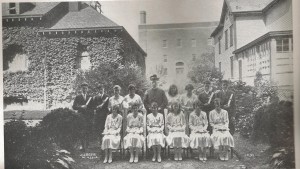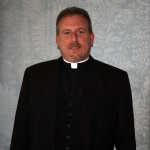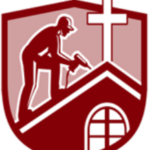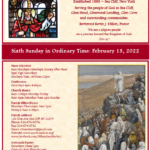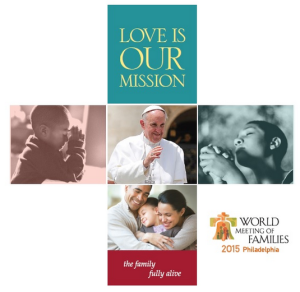 Meeting of the Families
Meeting of the Families
September 9th at St. Boniface
In preparation for our Holy Father’s visit to the USA at the end of September, Marilyn Martone will speak to us regarding the Meeting of the Families and other issues that are being addressed both in Pope Francis’ pontificate, and visit to the US. Please join us on Wednesday September 9 at 7:30pm in the church for this informative and interesting talk by Marilyn Martone. Refreshments will follow in the gathering area of the church.
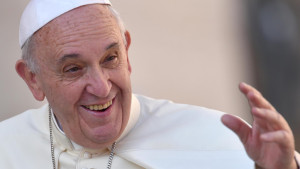 The Diocese of Rockville Centre will distribute tickets to the Papal Mass at Madison Square Garden on Friday, September 25, 2015 at 6:30 pm thorough a lottery process.
The Diocese of Rockville Centre will distribute tickets to the Papal Mass at Madison Square Garden on Friday, September 25, 2015 at 6:30 pm thorough a lottery process.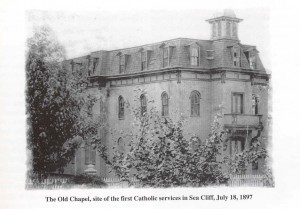
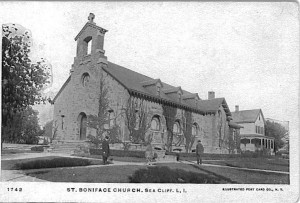
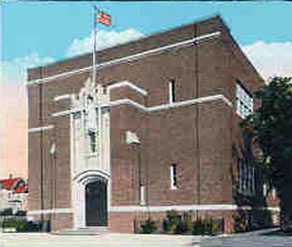
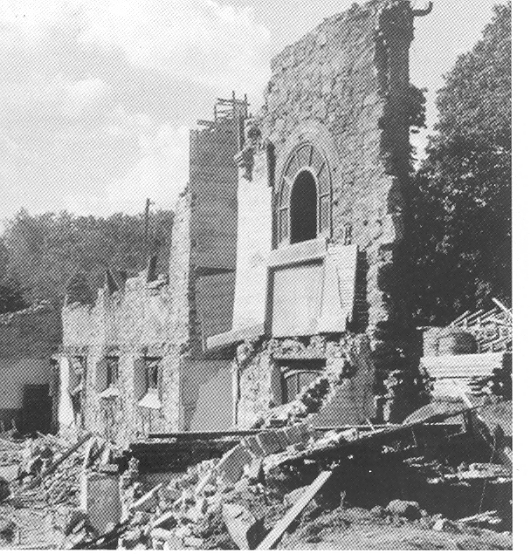
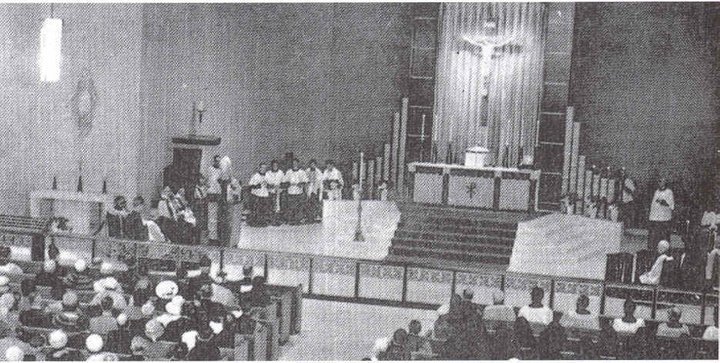
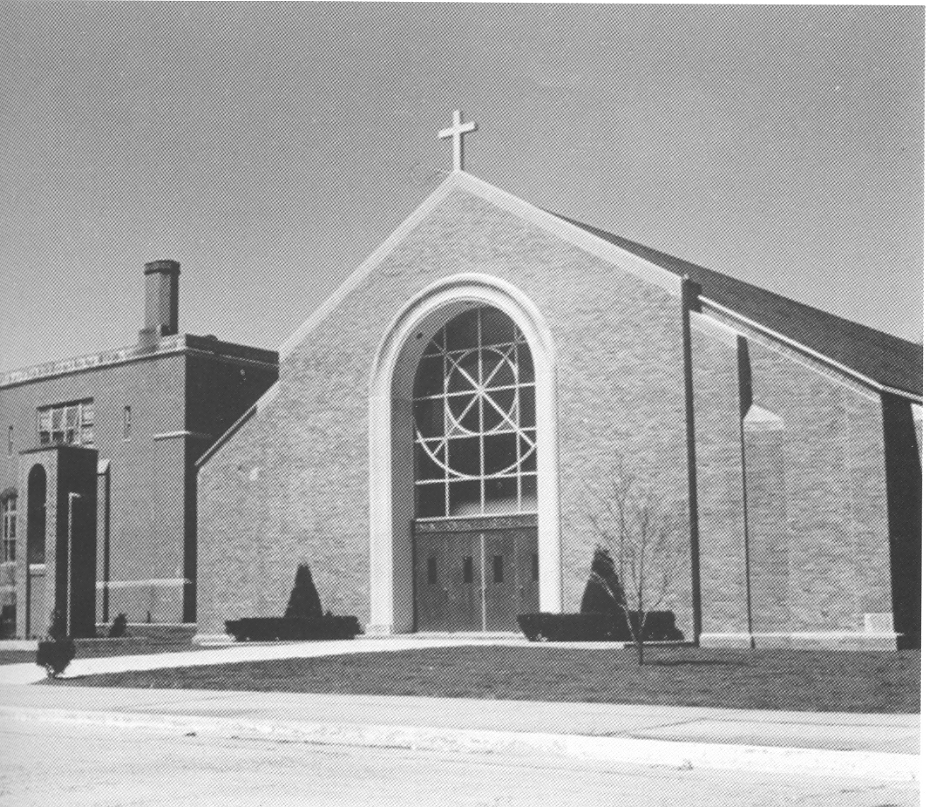
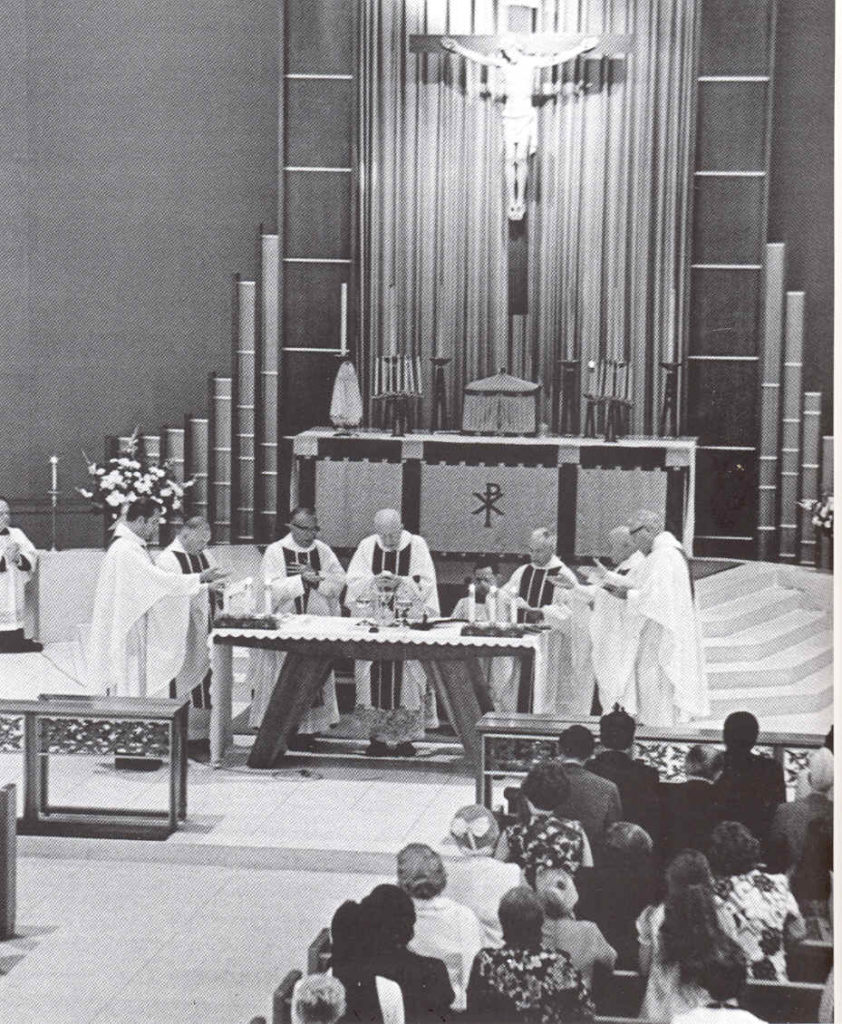
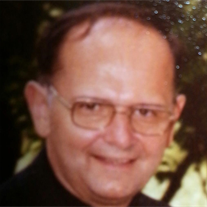
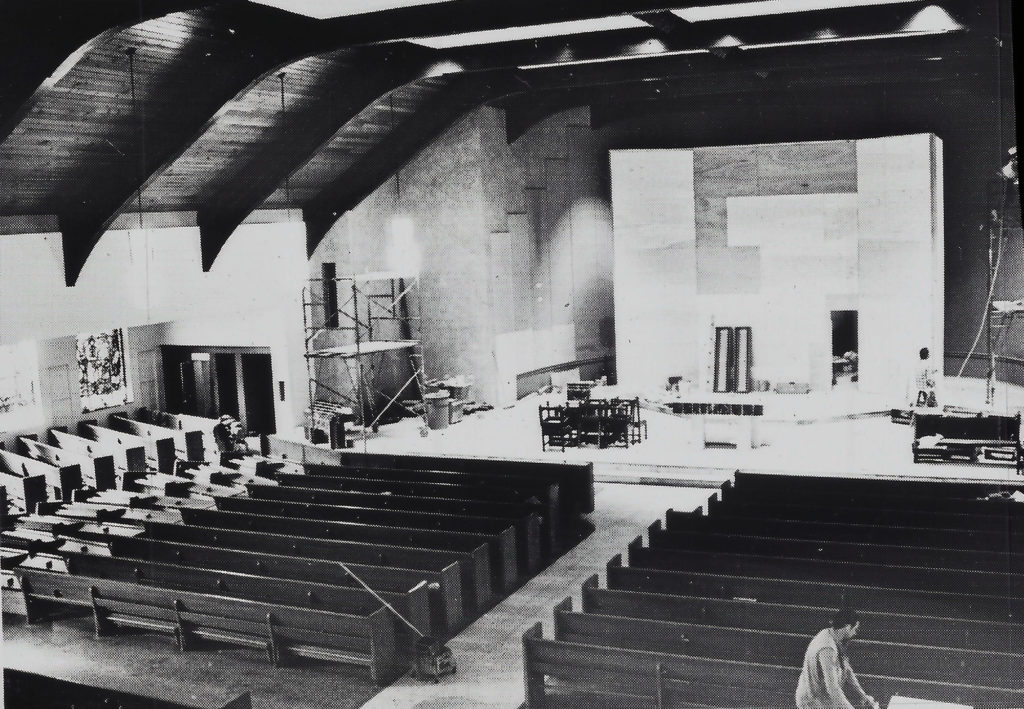
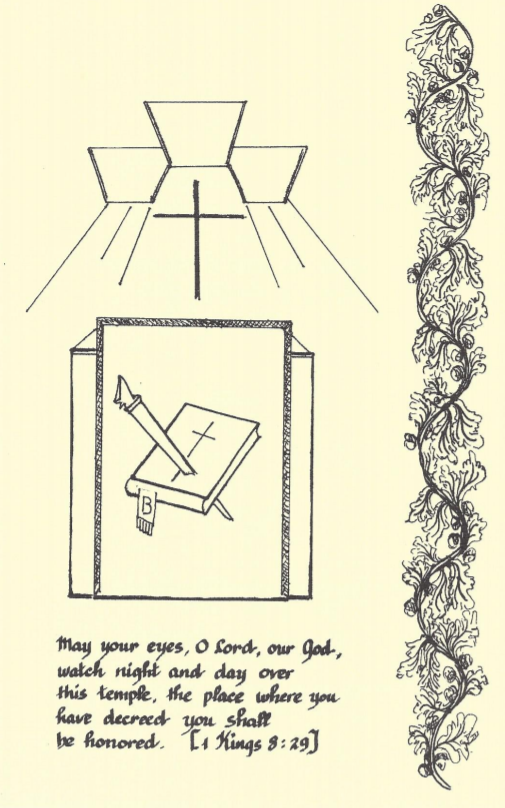

 In 1995, Sister Maureen Vellon, R.S.H.M. was appointed as principal of ASR. At present, 40 of the approximately 400 students are St. Boniface parishioners, and the school continues to flourish. In the fall of 1999, all grades will be located on St. Patrick’s parish property, allowing for total technological integration of all classrooms, leading the school into the 21st Century.
In 1995, Sister Maureen Vellon, R.S.H.M. was appointed as principal of ASR. At present, 40 of the approximately 400 students are St. Boniface parishioners, and the school continues to flourish. In the fall of 1999, all grades will be located on St. Patrick’s parish property, allowing for total technological integration of all classrooms, leading the school into the 21st Century. St. Boniface Martyr Parish began its preparation for the
St. Boniface Martyr Parish began its preparation for the 